What is CBDA vs. CBD?
Estimated reading time: 8 minutes
CBDA vs. CBD
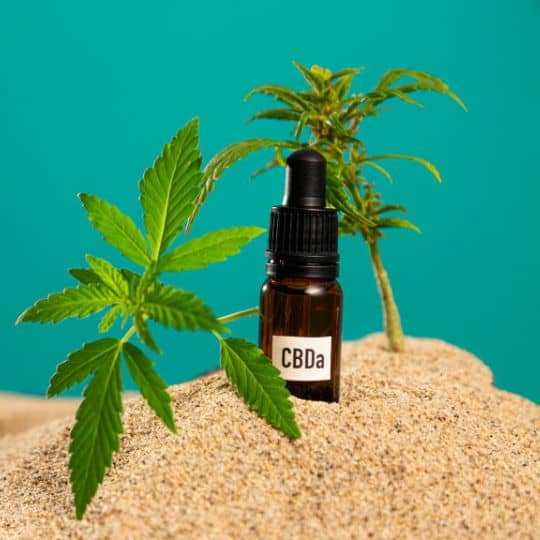
The cannabis plant contains both CBDA (Cannabidiolic Acid) and CBD (Cannabidiol), but they have some key differences:
Chemical Structure and State:
- CBDA: It's a precursor to CBD. It's an acidic form of CBD that exists in the raw cannabis plant. When you harvest cannabis and don't heat it, its CBD content mainly exists as CBDA.
- CBD: It's the neutral form of CBDA. When CBDA is heated (a process called decarboxylation), it loses its acid group and is converted into CBD.
Method of Consumption:
- CBDA: Often consumed by juicing raw cannabis leaves or by using tinctures that are made without heating.
- CBD: Consumed in a variety of forms like oils, tinctures, edibles, vapes, and capsules. These are usually made from cannabis or hemp plants that have undergone a heating process.
Potential Benefits
- CBD: Researchers have studied CBD for potential therapeutic effects such as anti-inflammatory, anti-anxiety, anti-seizure, and pain-relieving properties.
- CBDA Researchers have studied CBDA less than CBD, but they believe it has anti-inflammatory properties and might also act as an anti-nausea agent.
Bioavailability and Stability:
- CBDA: Generally less stable than CBD, meaning it can degrade or change form more easily. Researchers haven't studied its bioavailability (how easily the body absorbs and utilizes it) as extensively as they have for CBD.
- CBD: Known to be more stable than CBDA and has a better-documented bioavailability profile, especially when combined with certain carrier oils or taken in specific formulations.
Legality:
It's important to note that researchers need more studies to fully understand the effects, benefits, and potential interactions of both CBDA and CBD, even though they both may have therapeutic properties.
- In many regions, the amount of THC (the psychoactive compound in cannabis) determines the legality of cannabis and its derivatives. CBD and CBDA from hemp (cannabis plants with 0.2% THC or less) are generally legal in many countries. However, always check local laws and regulations before acquiring or using any cannabis products.
CBDA vs. CBD – The Facts
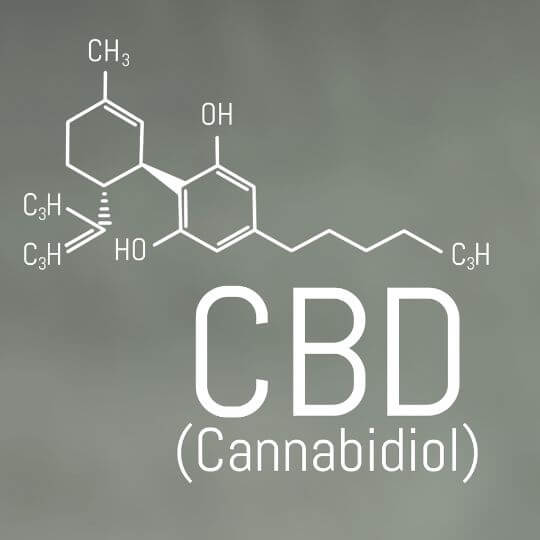
In the burgeoning world of hemp-derived products, CBDA and CBD have emerged as two prominent compounds. However, the distinction between them often remains a subject of confusion for many. This article aims to unravel the mystery.
Understanding CBDA
CBDA, or cannabidiolic acid, is a precursor to the well-known CBD. Found in raw hemp or cannabis plants, CBDA turns into CBD through a process known as decarboxylation. By applying heat, the acidic properties of CBDA are removed, leaving behind the more stable CBD.
Benefits of CBDA
Research is in its early stages, but some potential benefits of CBDA include anti-inflammatory effects and assisting in managing nausea. As scientists delve deeper, more properties may come to light.
The Rise of CBD
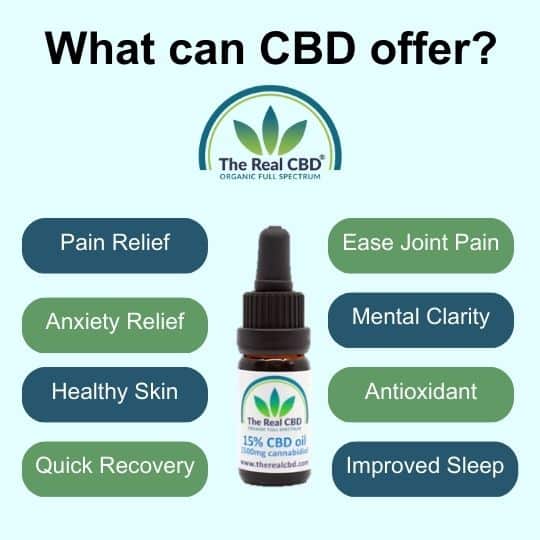
CBD, or cannabidiol, has seen a surge in popularity in recent years. Widely recognized for its therapeutic properties, it's being integrated into numerous products, from oils to edibles. Its non-psychoactive nature makes it an attractive option for those seeking relief without the “high.”
CBD's Therapeutic Properties
Among the myriad of benefits associated with CBD, some include pain relief, reducing anxiety and depression, alleviating cancer-related symptoms, and promoting sleep. Its versatility is indeed remarkable.
Comparing CBDA and CBD
While CBDA and CBD hail from the same plant and are closely related chemically, their effects on the human body differ. CBDA's properties are more prominent in raw, unprocessed hemp, while CBD is dominant post-decarboxylation. Choosing between them largely depends on individual needs and preferences.
CBDA: Potential Uses and Benefits

CBDA, or Cannabidiolic Acid, is one of the many cannabinoids found in the hemp and cannabis plants. Over recent years, research into CBDA has been steadily increasing, revealing potential therapeutic properties. Below are some of the suggested uses and benefits of CBDA:
- Anti-inflammatory Properties: Preliminary research suggests that CBDA may help reduce inflammation. This could potentially benefit conditions characterized by inflammation, such as arthritis.
- Nausea and Vomiting Relief: Some studies have indicated that CBDA might be effective in reducing nausea and vomiting, making it potentially beneficial for those undergoing treatments such as chemotherapy.
- Anticonvulsant Effects: There's emerging evidence to suggest that CBDA might have anticonvulsant properties, which could be promising for conditions like epilepsy.
- Pain Relief: Like CBD, its decarboxylated form, CBDA might offer some level of pain relief, although research is still in the early stages.
- Mood Enhancement: Some believe that CBDA can help with mood disorders, potentially acting as an antidepressant. However, more research is needed to solidify this claim.
- Potential Anti-Cancer Properties: There are initial studies suggesting that CBDA might inhibit the migration of breast cancer cells. While this is promising, it's crucial to understand that research is in the preliminary stages, and more studies are needed.
- Antioxidant: CBDA has shown potential antioxidant properties, which can help in neutralizing harmful free radicals in the body, thereby potentially preventing various diseases.
Does CBDA have any sideeffetcs?
CBD: Potential uses and Benefits

CBD, or Cannabidiol, is a prominent cannabinoid derived from the hemp and cannabis plants. Over the past few years, its potential therapeutic properties have been the subject of numerous studies and personal testimonials. Here are some of the suggested uses and benefits of CBD:
- Pain Management: CBD is famous for its analgesic properties. It may help alleviate pain associated with conditions like arthritis, chronic pain, and multiple sclerosis by impacting endocannabinoid receptor activity.
- Anxiety and Depression Reduction: Several studies suggest that CBD may help manage anxiety and depression, offering a natural approach for mental health conditions.
- Alleviating Cancer-Related Symptoms: CBD may help reduce symptoms related to cancer treatments, such as nausea, vomiting, and pain. Some preliminary studies even suggest anti-cancer properties.
- Neuroprotective Properties: CBD's potential to act on the endocannabinoid system and other brain signaling systems might benefit those with neurological disorders. Research has particularly looked at its applicability for epilepsy and multiple sclerosis.
- Heart Health: Early studies indicate that CBD might aid in lowering high blood pressure, thereby potentially benefiting heart health.
- Antipsychotic Effects: CBD may possess antipsychotic effects, potentially helping people with schizophrenia and other mental disorders.
- Anti-Acne: Due to its anti-inflammatory properties, CBD could be beneficial for reducing acne by regulating sebum production in the skin.
- Substance Abuse Treatment: Initial findings suggest that CBD may modify brain circuits related to drug addiction, showing promise in reducing morphine dependence and heroin-seeking behavior.
- Diabetes Prevention: Animal studies suggest that CBD may possess anti-diabetic effects, but researchers need human studies to confirm this.
- Sleep Aid: Many users report improved sleep after consuming CBD, suggesting its potential use for insomnia and other sleep disorders.
More about CBD
Deciding the Best Fit

To decide between CBDA and CBD, it's essential to consider the desired effects. Those inclined towards natural, raw compounds might lean towards CBDA, while others searching for well-researched therapeutic benefits might opt for CBD.
Final Thoughts
Both CBDA and CBD offer unique benefits and potential therapeutic properties. As research progresses, our understanding of these compounds will deepen, paving the way for more informed choices.
In the end, the choice between CBDA and CBD boils down to personal preferences and specific health needs. No matter the choice, one thing is certain: the world of hemp-derived compounds holds vast potential.
FAQ – What is CBDA vs. CBD

The raw cannabis plant contains CBDA, which is the acidic form of CBD. When you heat CBDA, it sheds its acid group and transforms into CBD, the neutral form.
People often consume CBDA by juicing raw cannabis leaves or making tinctures without heating. People consume CBD in forms such as oils, tinctures, edibles, vapes, and capsules, typically produced using a heating process.
CBDA is believed to have anti-inflammatory properties and may act as an anti-nausea agent. CBD has potential therapeutic effects such as anti-inflammatory, anti-anxiety, anti-seizure, and pain-relieving properties.
CBDA is generally less stable than CBD and can degrade more easily. Its bioavailability hasn't been as extensively studied as CBD. On the other hand, CBD is more stable and has a well-documented bioavailability profile.
The legality of CBDA and CBD varies by region and is often determined by the amount of THC in the product. CBD and CBDA derived from hemp (cannabis plants with 0.2% THC or less) are generally legal in many countries, including the U.K. However, it's important to check local laws and regulations before acquiring or using any cannabis products.
The Real CBD and CBDA products
-
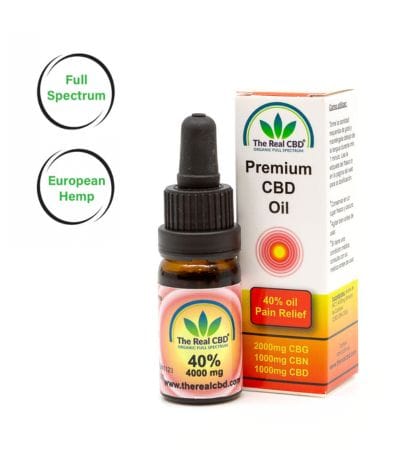 40% Pain Relief oil€179.00
40% Pain Relief oil€179.00 -
Product on sale
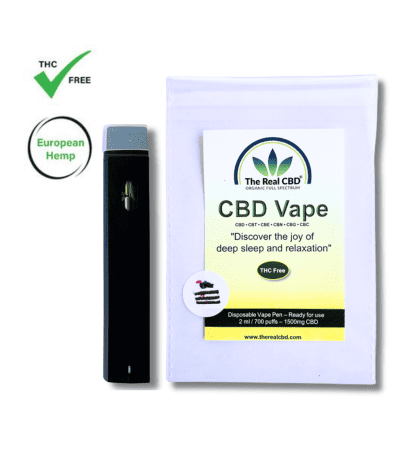 CBD Vape – Broad Spectrum€30.00 – €45.00
CBD Vape – Broad Spectrum€30.00 – €45.00 -
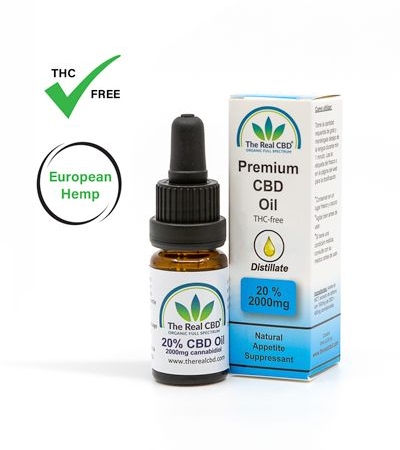 20% CBD oil – Distillate€92.00
20% CBD oil – Distillate€92.00 -
 CBD 3 for 2 pack€58.00 – €170.00
CBD 3 for 2 pack€58.00 – €170.00 -
Product on sale
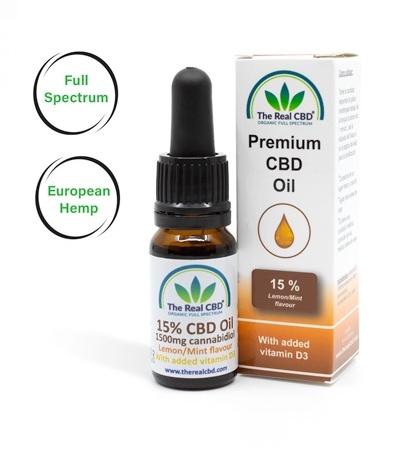 15% CBD oil with Vitamin D3Original price was: €85.00.€75.50Current price is: €75.50.
15% CBD oil with Vitamin D3Original price was: €85.00.€75.50Current price is: €75.50. -
Product on sale
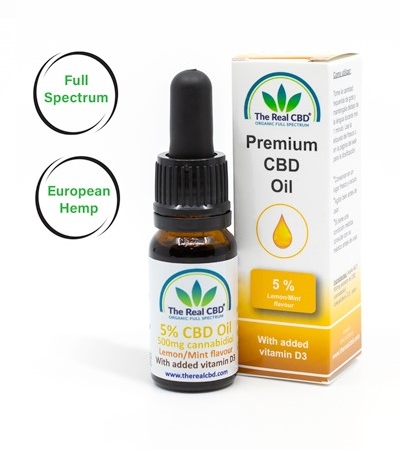 5% CBD oil with Vitamin D3Original price was: €29.00.€24.00Current price is: €24.00.
5% CBD oil with Vitamin D3Original price was: €29.00.€24.00Current price is: €24.00. -
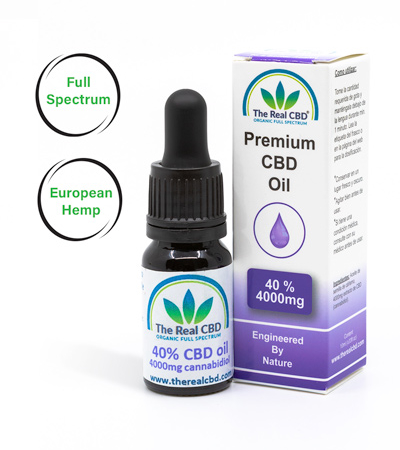 40% Raw CBD Oil€189.00
40% Raw CBD Oil€189.00 -
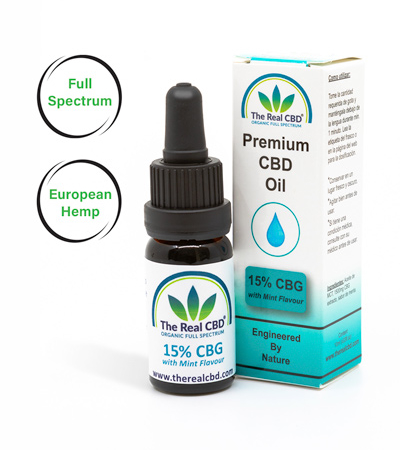 15% CBG Oil with mint taste€119.00
15% CBG Oil with mint taste€119.00 -
Product on sale
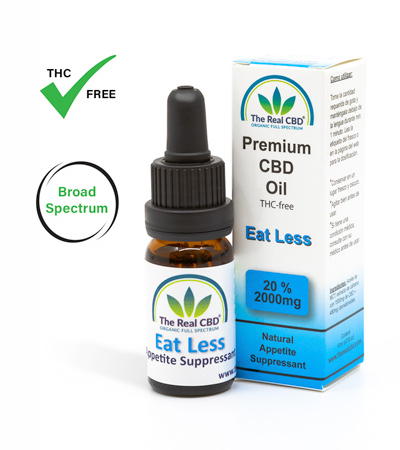 Eat Less – Natural Appetite SuppressantOriginal price was: €85.00.€55.90Current price is: €55.90.
Eat Less – Natural Appetite SuppressantOriginal price was: €85.00.€55.90Current price is: €55.90. -
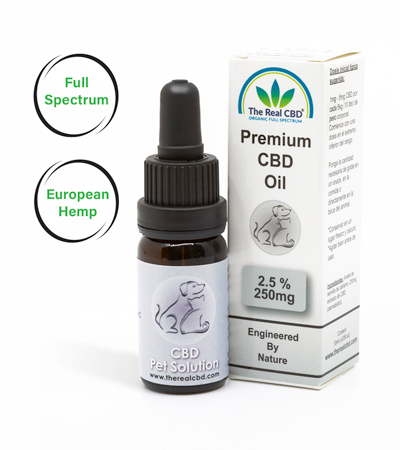 2.5% CBD oil for Pets€15.00
2.5% CBD oil for Pets€15.00 -
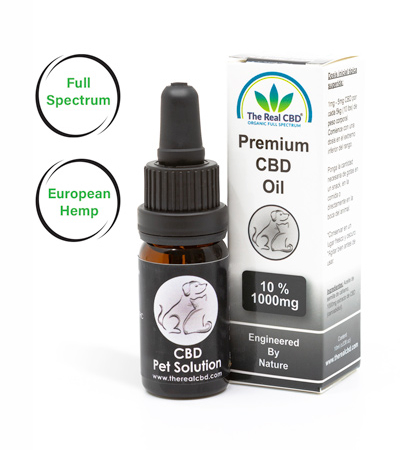 10% CBD oil for Pets€55.00
10% CBD oil for Pets€55.00 -
Product on sale
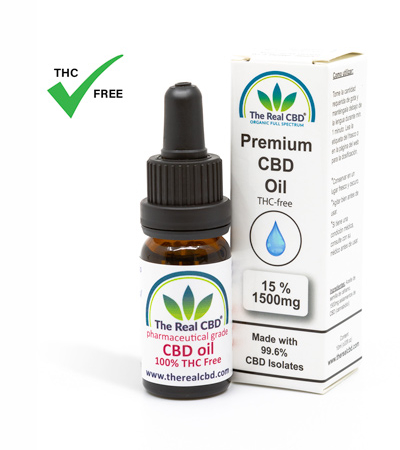 15% CBD oil – THC FreeOriginal price was: €80.00.€67.50Current price is: €67.50.
15% CBD oil – THC FreeOriginal price was: €80.00.€67.50Current price is: €67.50.

I am a certified expert in Medicinal Cannabis. We are all about giving correct and trustworthy information. We know how important it is to learn about CBD and cannabis, which is why we want to be your go-to source for trustworthy information. We help you improve your health by using our knowledge and experience as a starting point.
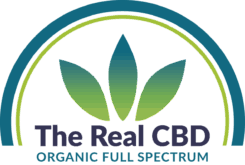
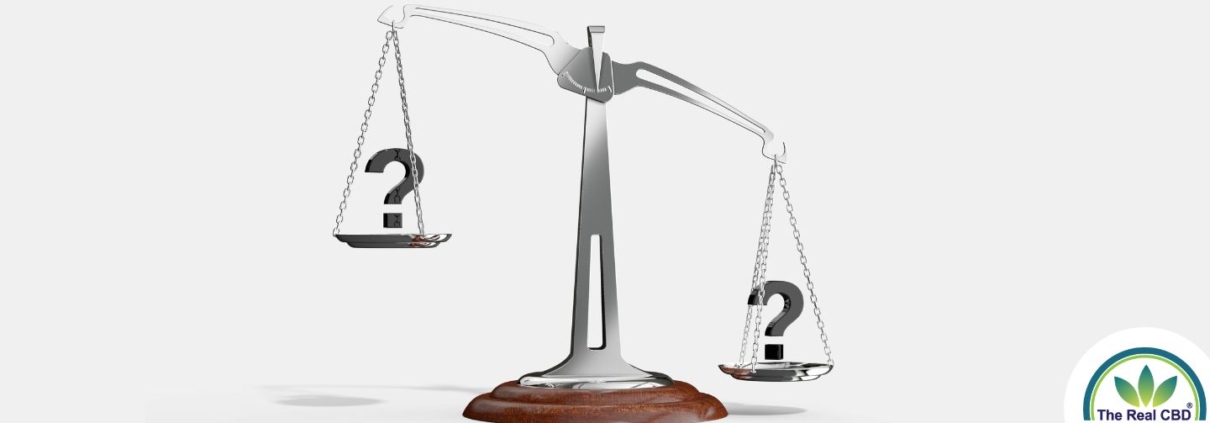


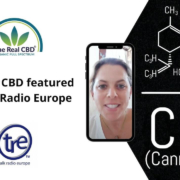
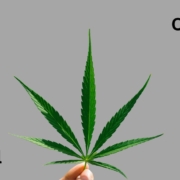








Leave a Reply
Want to join the discussion?Feel free to contribute!